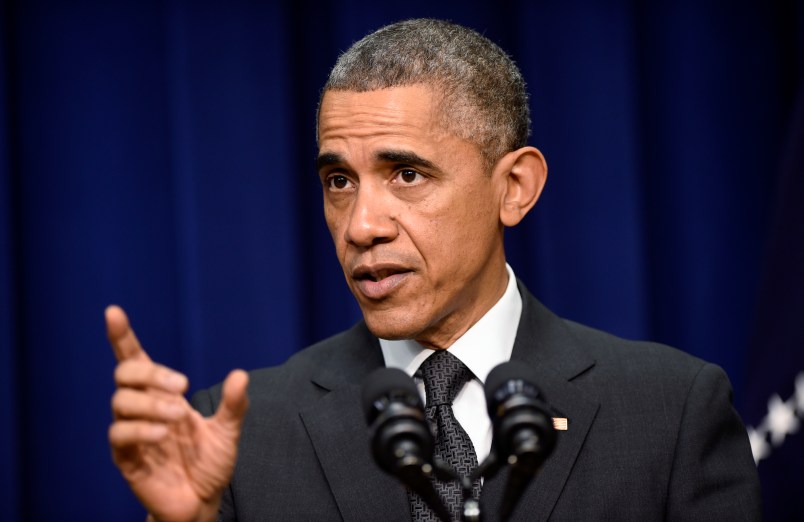The flashiest higher education announcement in tonight’s State of the Union address will be a continued call for free community college. It’s unfortunately not the proposal most likely to happen. That honor belongs to a set of expensive tax-related changes whose biggest effect is showing how bad the tax code is suited to higher education policy.
According to a fact sheet released by the White House over the weekend, the president’s forthcoming proposal for tax reform will include several changes that relate to higher education. The highest-profile of these is to permanently establish the American Opportunity Tax Credit, a benefit created in the 2009 stimulus bill that is currently set to expire in two years.
This American Opportunity Tax Credit is a way to refund families up to $10,000 over four years for their college expenses. It comes at a steep price tag–at $15 billion a year, it’s almost half the size of what we spend on the largest federal grant program for low-income college students. But its benefits are far from restricted to the needy. While federal Pell Grants overwhelmingly go to families making less than $50,000, the tax credit is available all the way up to households earning more than three times that. The College Board estimates that 25 percent of American Opportunity Tax Credit dollars are claimed by families making six figures.
Giving lots of tax aid to wealthier families is a product of the system, not an accident. In order to claim the full credit you need to have enough federal tax liability, something the lowest-income families do not. The poorest filers can get at most $4,000 from the credit (tonight’s speech proposes increasing that to $6,000). Any credit of this sort is thus inherently biased toward households making more money.
Regardless of family income, the difference in timing between taxes and tuition makes it debatable that the credit is doing much to deal with college affordability. Tuition typically comes due in the fall. But tax credits are paid out in the late spring. So the credits come to families half a year after they had to front the money for tuition and months before they will have to do so again. That’s likely of little comfort to someone worried about how they can keep affording college.
Sure enough, economists are questioning whether these tax credits make a difference. A recent working paper from National Bureau of Economic Research found that the American Opportunity Tax Credit had no discernible effects on increasing college going.
Just because there’s evidence of its ineffectiveness doesn’t mean the tax code proposal won’t be popular. The general unpopularity of taxes mean spending portrayed as a tax cut is always politically palatable. That’s why it’s so well-suited for campaign ideas, as the original American Opportunity Tax Credit was. And it’s an area where the president has already succeeded in the past by getting Congress to create and then extend the credit.
At least some of the other proposed higher education tax changes are better. For example, the administration wants to ensure that borrowers who are paying their federal loans back based upon their income are not taxed on loan balances that are forgiven. That’s an issue Congress should have fixed when they created such programs but never did. The administration also wants to simplify the number of credits and deductions in this space and adjust the tax treatment of federal Pell Grants, all of which create a ton of confusion and incorrect benefit selection, even among professional tax preparers.
Properly designed federal benefits should get dollars in the hands of people who need them when they need them. Even all the tweaks and simplification will not make higher education tax benefits pass that test. They will still continue to be ill-timed and a better option for families that make more money.
Spending billions of dollars a year on ill-targeted federal benefits with no evidentiary base is never ideal. But it’s even worse in a tight spending environment like this one. Free community college is estimated to cost $6 billion a year. Imagine what we could do about tuition at four-year schools with another $15 billion.
Ben Miller is a senior policy analyst at the New America Foundation.







I wonder of Brownback is going to meet with Obama during his visit to Lawrence.
I think he should look into what elizabeth wareen sugested tell the banks they can pay the higher rate that collage students pay for their loans and let collage student pay the nothing intrest rate the banks enjoy